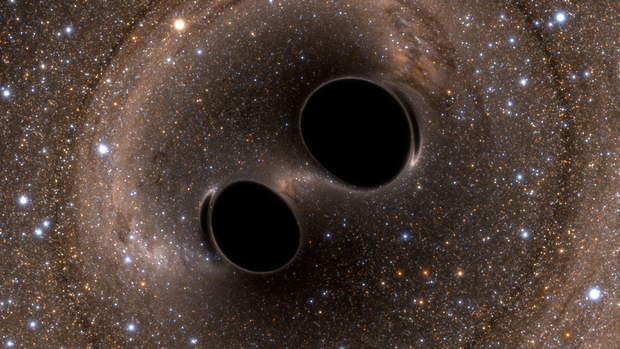Expert Reaction
These comments have been collated by the Science Media Centre to provide a variety of expert perspectives on this issue. Feel free to use these quotes in your stories. Views expressed are the personal opinions of the experts named. They do not represent the views of the SMC or any other organisation unless specifically stated.
Professor Matthew Bailes is Director of OzGrav and an Australian Research Council Laureate Fellow at Swinburne University of Technology
When I first heard talk of the LIGO detector during a visit to Caltech it seemed fanciful.
The technology required seemed too ambitious, and the targets very uncertain. But today’s prize is a fitting reward to the visionaries who persisted over decades with the scientific, technological, sociological and political challenges of building one of the great observatories of the world.
It has taken the pulse of the Universe and opened a treasure trove for fundamental physics research.
Associate Professor Tara Murphy is an ARC Future Fellow at the University of Sydney and ARC Centre of Excellence for All-sky Astrophysics (CAASTRO), and is the lead of radio astronomy follow-up efforts in Australia
The discovery of gravitational waves from merger black holes was a breakthrough for physics and astronomy. We often use the term ‘a new window on the Universe’ but this is truly a completely new way of investigating some of the most extreme events - the moments when black holes merge and new black holes form.
This is already revolutionising how astronomy is done, and will result in many breakthroughs over the next decades … astronomers couldn’t be more excited.
Professor Tim Bedding is Professor of Astrophysics and Head of the School of Physics at the University of Sydney
There were no prizes for guessing this prize.
This discovery has it all: Einstein's prediction of gravitational waves 100 years ago using his towering General Theory of Relativity; decades of effort to build the most precise experiment in the history of science; and the detection of tiny ripples in space-time caused by two black holes that collided long ago in a galaxy far away.
This is a magnificent achievement that ranks among the greatest physics experiments of all time.



 International
International


